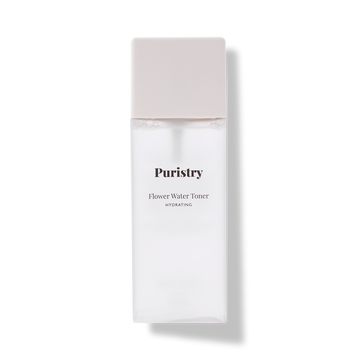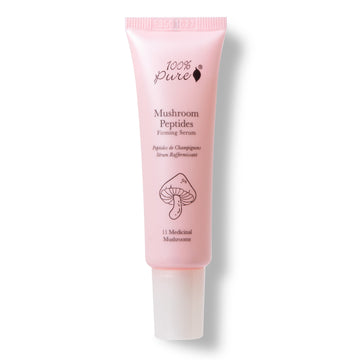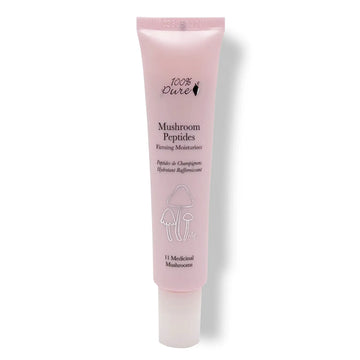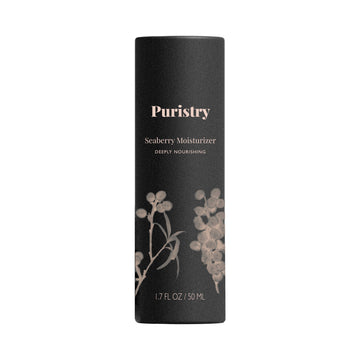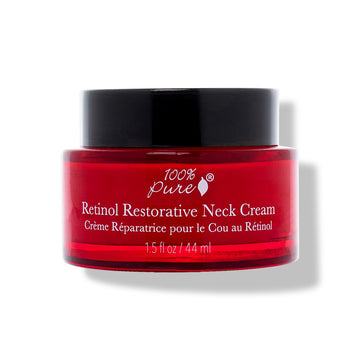Unleashing the Power of an Ancient Superfood for Skin Health
Written by: 100% PURE®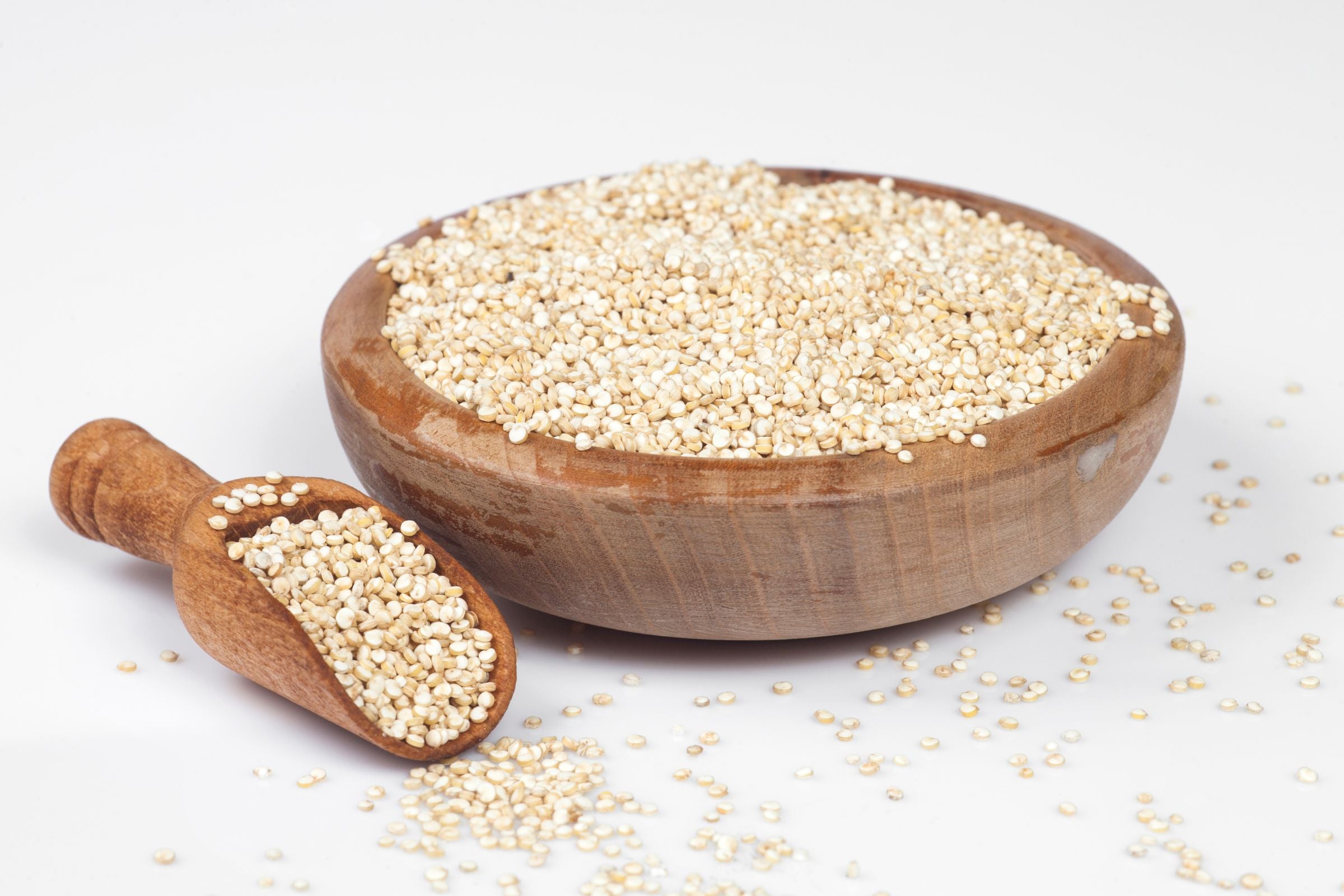
Many from-the-earth-to-skincare natural ingredients have been helped - from the sea to your pantry – maintained into products to fancy all our complexion concerns. One that has piqued in skincare happens to be smaller than rice and its skin-brightening powers and looks more like birdseed than a superfood packed with super complexion benefits.
Meet quinoa (pronounced keen-wah); the miracle grain for your health, and the miracle seed for your skin. The nutritious grain often found in overpriced salad bowls has skin superpowers - from repairing damaged skin to helping with aging concerns – and is quite the quin-wow among beauty enthusiasts.
If you’ve yet to be converted, you may still be wondering: could something as small as quinoa seed yield big results for your complexion? Keep reading to learn everything about quinoa seed extract for skin, how to incorporate it into your skincare routine – plus the best quinoa seed extract-infused products that will have your skin feeling super-grain daily!
Quinoa may be small, but it’s quite the grain giant. It’s ‘the mother of all grains’! And, it’s not a relative newcomer in the American diet, or health food craze, or power-packed bowls; quinoa is an oldie, but goodie!
Though commonly referred to as a grain, quinoa is a seed harvested from the flowering plant Chenopodium quinoa, which is a member of the amaranth family. Quinoa originated with the Incas in the mountains of Bolivia, Chile, and Peru, and has been a food staple in these regions for 5,000 years. It’s still a prominent food source for the Inca’s indigenous descendants, the Quechua and Aymara people. Quinoa was a sacred crop to the Incas who called it the mother of all grains or chisaya mama.
During the 1500s, Quinoa was practically wiped out of existence by the Spanish except for a few fields. Even during this period of obscurity, it was an important crop for the Altiplano Indians in the mountains of Peru and Bolivia. However, quinoa is still not well-known throughout the world.
That all changed in the 1970’s when quinoa was reintroduced to us in the modern world. And, the quinoa craze went wild from there. Now, we can benefit from the mother grain that our Incan predecessors left behind.
So, what powers lie in the protein-packed superstar? Quinoa, a complete protein, contains all nine essential amino acids required for bodily functions, making it a mighty protein fortress compared to other grains. Quinoa is most noted for containing a high amount of lysine, the amino acid most directly responsible for tissue growth and repair. Lysine also keeps skin hydrated and looking smooth.
Its unique nutritional makeup includes providing dietary fiber for digestion and cholesterol reduction, while its magnesium content promotes cardiovascular health. Quinoa contains vitamin E, folate, and several B vitamins, which help the body’s energy production and maintain overall health. This vitamin trio improves signs of aging and helps combat free radical damage. The super grain is rich in minerals, including calcium, zinc, iron, magnesium, and potassium, which are essential for body processes, including metabolism and immune system support, as well as skin health and UV damage.
Quinoa is also chock-full of antioxidants. Antioxidants are substances that help prevent or slow down damage to your cells. Among the antioxidants that quinoa boasts are quercetin and kaempferol, which are known to have anti-inflammatory properties. These antioxidants also help soothe skin and reduce inflammation. As you can see, quinoa is an all-around superstar that’s beneficial for our wellness and the health of our skin.
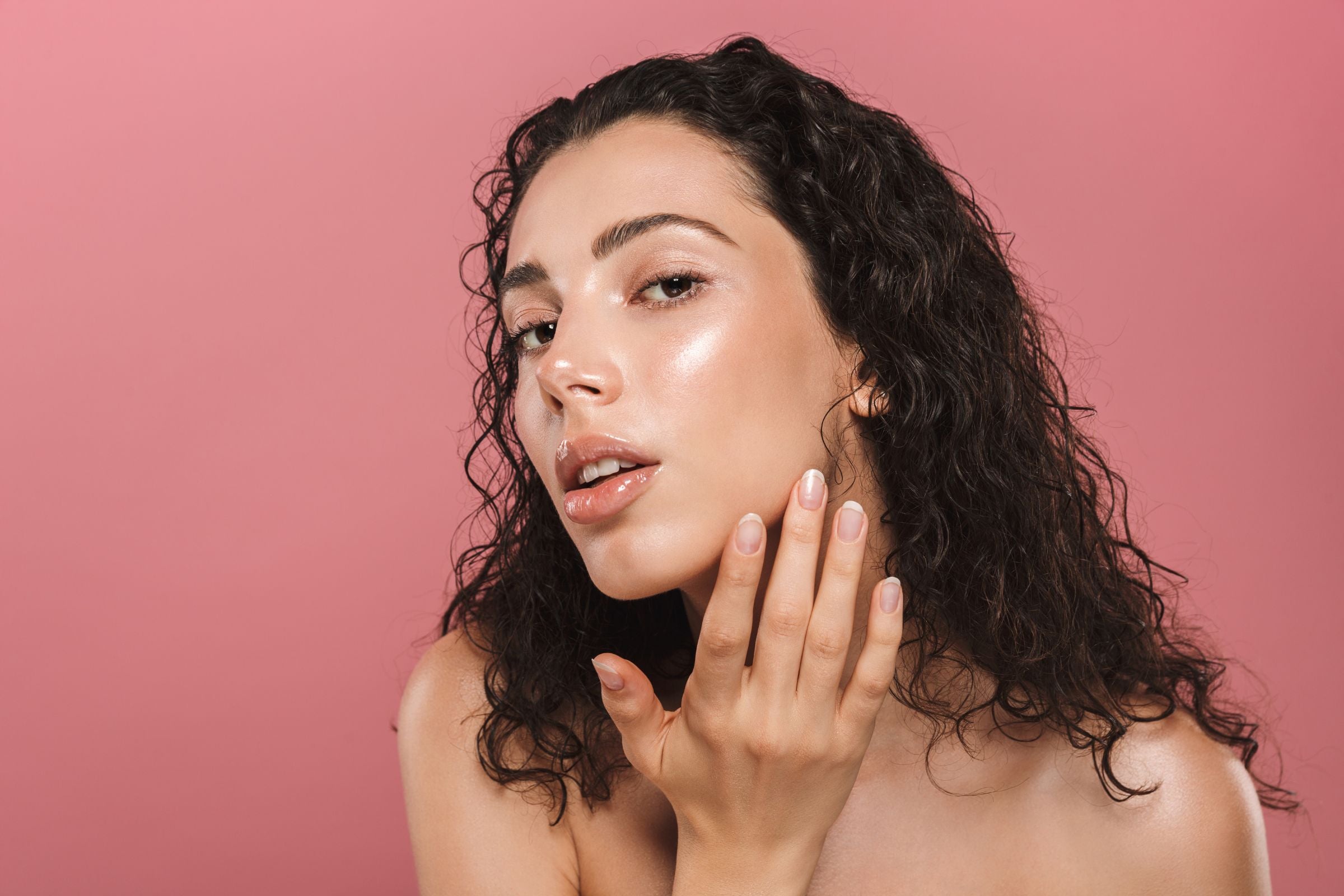
As beauty enthusiasts become more conscious about the products they use, natural skincare has become a popular choice. Natural ingredients are derived from plants, minerals, or fruits and are minimally processed to retain their natural benefits. This is precisely why quinoa is seeing a surge in popularity in beauty products.
As we have touched on a bit, quinoa offers a wide range of benefits for the skin, including hydration, nourishment, antiaging, healing, and protection. We use quinoa seed extract in our formulas. Quinoa oil is obtained from the seeds of the plant Chenopodium quinoa. The seeds are a rich source of proteins, minerals, and fibers. The oil is extracted by cold pressing of the seeds. It’s rich in fatty acids, like oleic and linoleic acid.
Let’s delve more into the super skin-efits of quinoa seed extract. Once you go quinoa, you never go grain-back!
Nutrient-Rich Composition
Quinoa seed extract contains a rich content of B vitamins, which aids in the production of new cells and collagen production. These skin B-eautifying vitamins are essential for keeping the skin youthful, radiant, and protected against external factors like free radicals. In particular, vitamin B2, also known as riboflavin, is key in helping maintain skin elasticity and vibrantly glowing and firm skin.
Quinoa has a high content of all-star antioxidants, which can help protect against free radicals. We touched on two flavonoid plant compounds in quinoa seed extract that have been particularly well studied; quercetin and kaempferol. These flavonoids have anti-inflammatory qualities and act as antioxidants in the body, meaning they help protect against free radicals.
Hydration and Barrier Repair
Quinoa is rich in lysine, which is important for tissue repair and growth. What’s interesting here is quinoa is the only grain that contains this amino acid. The high protein content also contributes to this factor. Quinoa seed extract’s protein content also helps to keep skin hydrated by forming a protective barrier, reducing moisture loss, and preventing dryness.
Skin barrier ingredients such as ceramides and fatty acids protect against moisture loss and strengthen the skin barrier’s integrity, which is essential for overall skin health and rejuvenation. Quinoa is high in vitamins B and E, and minerals, like magnesium, iron, and zinc, which help to brighten and nourish the skin - and support its overall health and vitality.
Quinoa seed extract contains anti-inflammatory compounds, as well as vitamin B3, that can soothe and calm irritated skin, promoting a more balanced and comfortable complexion. The addition of niacinamide also helps with facial redness, often seen in those who have rosacea or other skin irritations.
Anti-Aging Properties
Quinoa seed extract contains vitamin A-ntiaging, which helps stimulate the skin to produce new collagen over time. An increase in collagen production can lessen the appearance of fine lines and wrinkles, as well as strengthen the skin to make it look and feel more youthful. Its antioxidants such as vitamins C and E, flavonoids, and polyphenols help combat free radicals, reducing oxidative stress and preventing premature aging.
We already saw quinoa is rich in skin-brightening and tone-evening vitamins C and B vitamins, which help treat aging concerns such as dark spots. The vitamin B12 in quinoa seed extract interacts with the other B vitamins to maintain a healthy skin complexion.
Quinoa seed extract also contains compounds that act as humectants, attracting and retaining moisture and thus contributing to skin hydration, which keeps the skin supple and healthy. Dehydrated skin can exasperate fine lines and wrinkles, and leave your complexion dull and unhealthy.
Newsletter Subscribe
for more blog updates and exclusive discounts
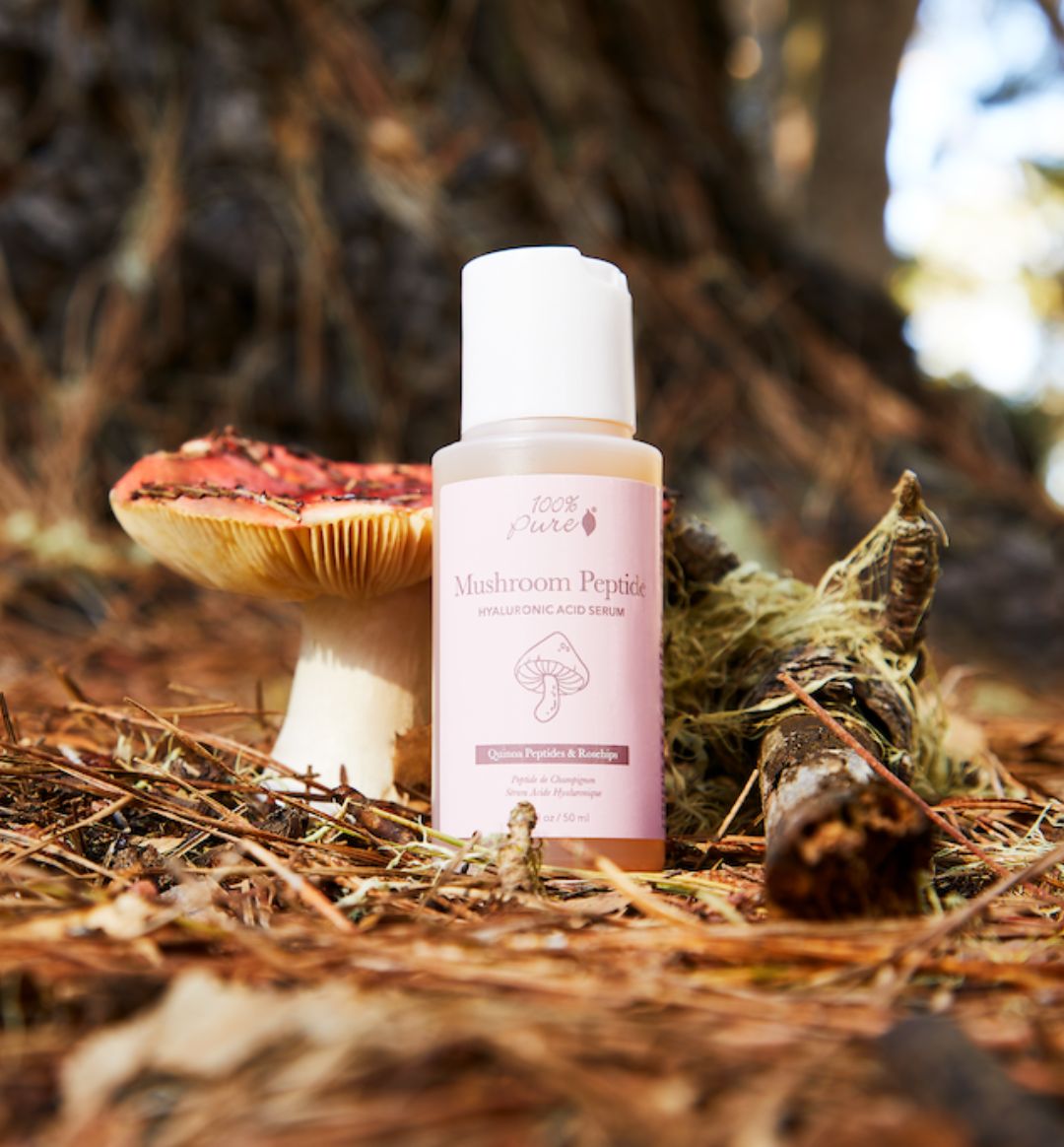
The quinoa craze shows no signs of slowing down, so it's time to embrace what this supergrain can do for your skin. As it turns out, applying quinoa seed extract to your face may be just as good – if not better - for you as eating it! The protein-packed extract stands out due to its exceptional nutrient profile, making it a skin powerhouse for your complexion.
Here's why these various gems from 100% PURE that contain quinoa seed extract should make it into your daily skincare routine:
Puristry Flower Water Toner
We all know a rose is the flower of love, but it’s also an amazing skincare ingredient known for hydrating, skin-soothing benefits. This face toner employs undiluted floral ingredients like rose hydrosol, calendula hydrosol, and witch hazel to calm and clarify skin for a healthy glow. Quinoa peptides quench thirsty skin cells, while hyaluronic acid replenishes supple hydration and delivers nutrients deep into the skin.
How to Use: Pump a quarter-sized amount of toner onto a cotton pad or in clean hands. Sweep onto freshly cleansed face and neck, gently patting onto skin before applying a serum or eye cream. Can be used for both AM and PM skincare routines.
Mushroom Peptide Serum
Discover the 11 skin-boosting benefits of medicinal mushrooms, including Tremella for hydration, Reishi for stress reduction, Shiitake for brightness, and Chaga for UV damage healing. With additional ingredients like hyaluronic acid and Quinoa peptides, these mushrooms work together to nourish and hydrate the skin while boosting collagen and elastin production. Experience the glow and vibrancy that these nutrient-rich superfoods can bring to your skin.
How to Use: Use on cleansed skin both AM and PM before facial oil and/or moisturizer.
Mushroom Peptide Moisturizer
Going beyond the basic function of hydration, this luxurious cream uses the magic of medicinal mushrooms, known for their rich polysaccharides. These mushrooms, combined with hyaluronic acid, offer intense hydration, making skin appear plump and reducing the appearance of fine lines. Add to this the power of quinoa peptides which stimulate collagen and elastin production, and you have a cream that not only moisturizes but also firms the skin.
How to Use: Use on cleansed skin both AM and PM before facial oil and/or serum.
Seaberry Moisturizer
If you’ve ever wanted a silky smooth facial moisturizer that doubles as a complexion booster, here’s your answer! This anti-aging formula is non-greasy and easily absorbable – thanks to its lightweight oil content – and flaunts a phytonutrient-rich anti-aging resume. Its star ingredient, seaberry, packs a heavy dose of many omegas and 12 times more vitamin C than an orange for a more radiant, youthful complexion. A skin superstar like quinoa seed extract locks moisture and nutrients into your skin for a toned, glowing complexion.
How to Use: Apply a quarter-sized amount on freshly cleansed and toned face and neck before applying moisturizer. Use AM and PM.
Retinol Restorative Neck Cream
The skin on our neck is extra sensitive and thin like the area around our eyes, and needs some extra TLC on top of your regular face moisturizer. This youth-revitalizing neck cream contains ingredients good enough to eat – literally! Like quinoa, sunflower seed oil, stabilized olive oil, and avocado oil as well. Why quinoa? We all know this superfood is amazing in salads and as a complex carb, but it can also be effective as an anti-aging component in skincare. It helps reduce fine lines and sagging skin, and it also injects more bounce into our skin.
How to Use: Apply a quarter-sized amount onto the neck in gentle, upward strokes until absorbed. For PM use only.
How Often Should I Use Quinoa Seed Extract Products for Best Results?
Quinoa seed extract products are safe for many skin types. It’s suitable to use a product with the extract twice a day, as part of your day and nighttime skincare routine. However, if you have very sensitive or reactive skin, always do a patch test first to check for sensitivities.
Can Quinoa Seed Extract Be Used on Sensitive Skin?
Since quinoa seed extract is a natural ingredient, those with sensitive skin should benefit from the hydrating ingredient. Plus, quinoa seed extract has all-star hydrating and barrier-protecting benefits, making it ideal for those with sensitive skin. But if you have very sensitive or reactive skin, always do a patch test first to check for sensitivities.
Are There Any Known Side Effects of Using Quinoa Seed Extract on Skin?
Quinoa seed extract has anti-inflammatory properties, making it ideal for acne-prone skin or those experiencing skin irritations. If you’re using a quinoa seed extract exfoliating product, it’s best to not overuse it so you don’t irritate your skin. If you have food sensitivities to quinoa or other grains, it’s best to patch-test a quinoa seed extract product first or consult with your doctor.
How Does Quinoa Seed Extract Compare to Other Superfood-Based Skincare Ingredients?
There are many other superfood-based skincare ingredients, including avocados, cacao, kiwi, kakadu, and coffee, that can help heal, repair, and prevent skin conditions. However, quinoa seed extract is from a complete protein, meaning it contains all nine essential amino acids required for bodily functions, making it a mighty protein fortress compared to other grains – plus a skin powerhouse all on its own.
Can I Use Quinoa Seed Extract in Combination with Other Skincare Actives?
Yes! As you can see from 100% PURE products listed above, we have incorporated other natural additives with quinoa seed extract to maximize its benefits for your complexion.
As we covered, quinoa is one of the world’s most popular health foods. We have come to love this nutty-flavored superfood that it was just a matter of time that we’d go nutty over its superstar skin powers. From its antiaging to its anti-inflammatory benefits for the skin, there’s not too much that the tiny yet mighty grain can do.
Its versatility in skincare just goes to show that quinoa seed extract is on the rise, and we love seeing that! We encourage you all to explore the use of quinoa seed extract as a natural, nutrient-rich addition to for beauty regimen. It’s not a grain, it’s a whole new quin-oath to healthy and radiant skin!
- Tags: February-2024, Skin Care, skincare
We carefully hand-select products based on strict purity standards, and only recommend products we feel meet this criteria. 100% PURE™ may earn a small commission for products purchased through affiliate links.
The information in this article is for educational use, and not intended to substitute professional medical advice, diagnosis, or treatment and should not be used as such.


